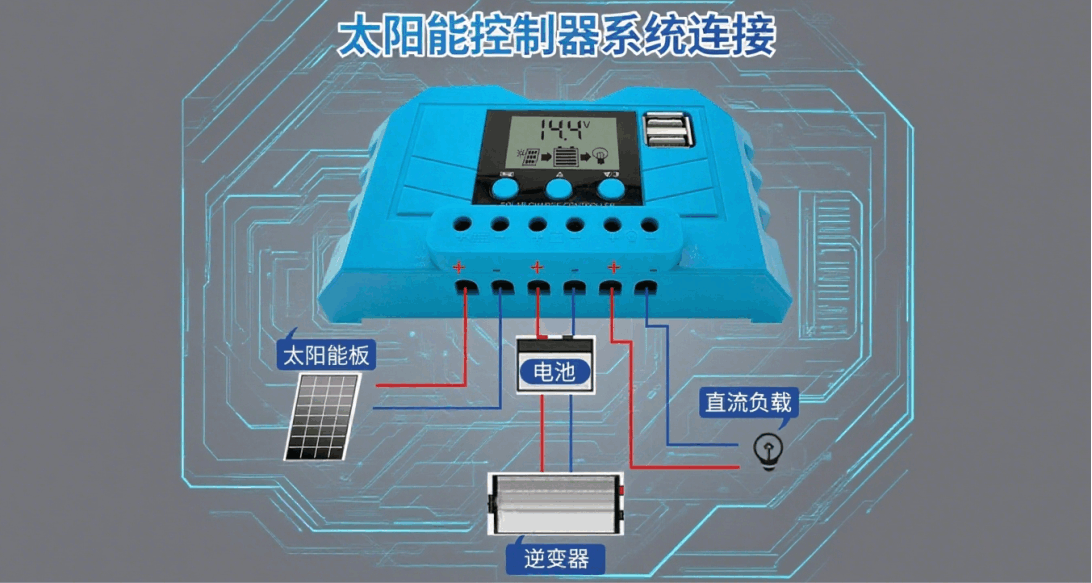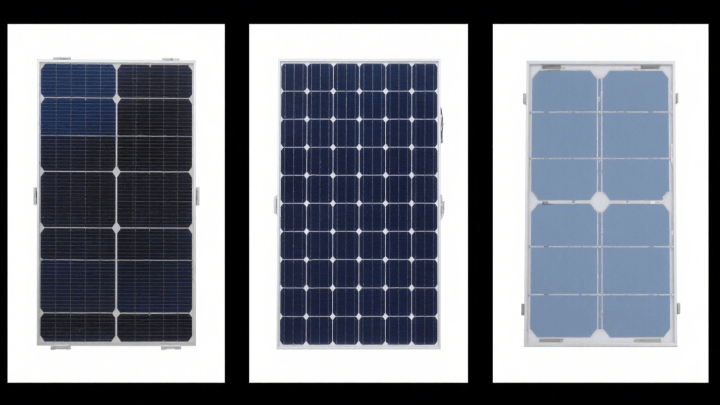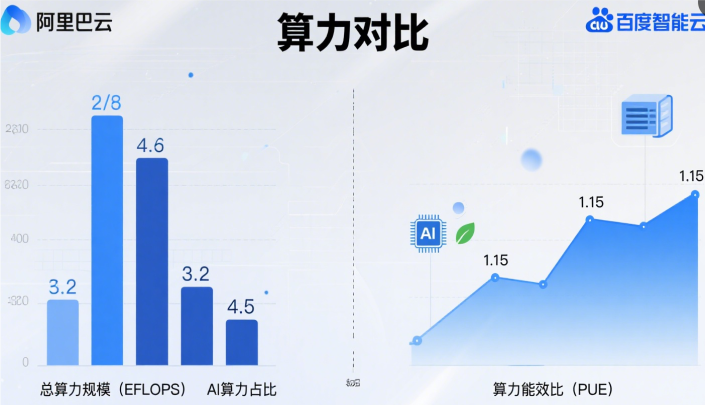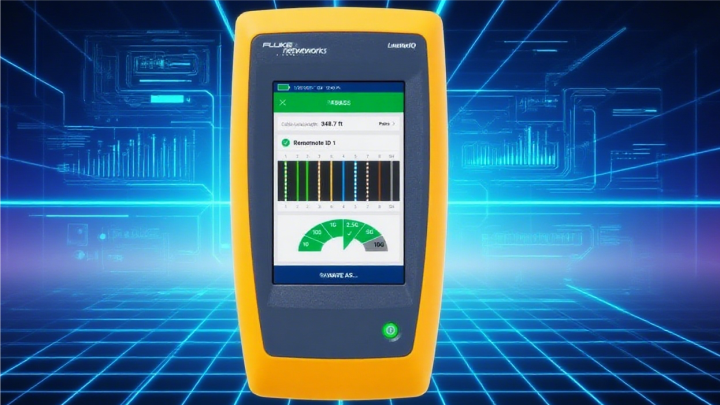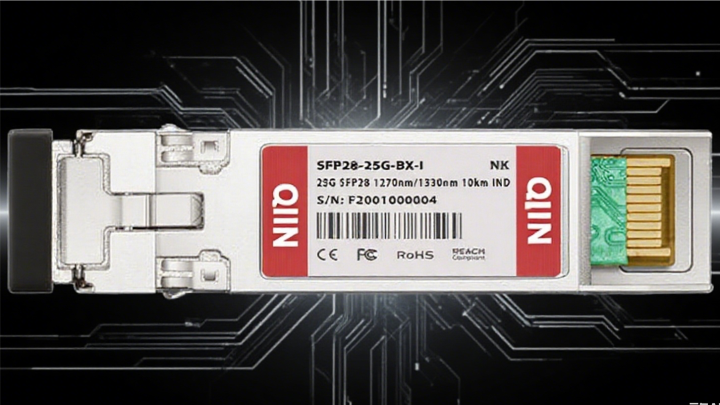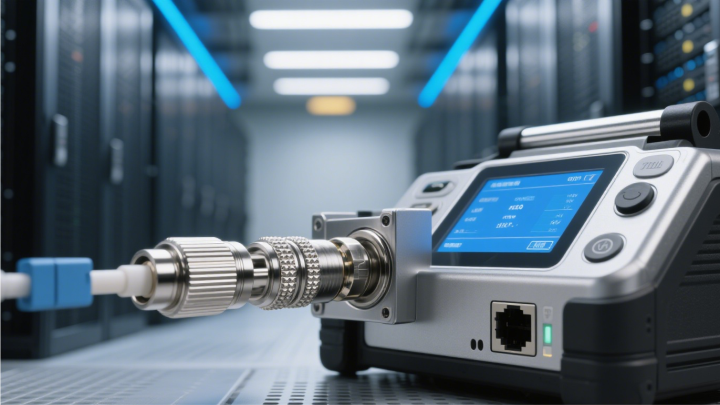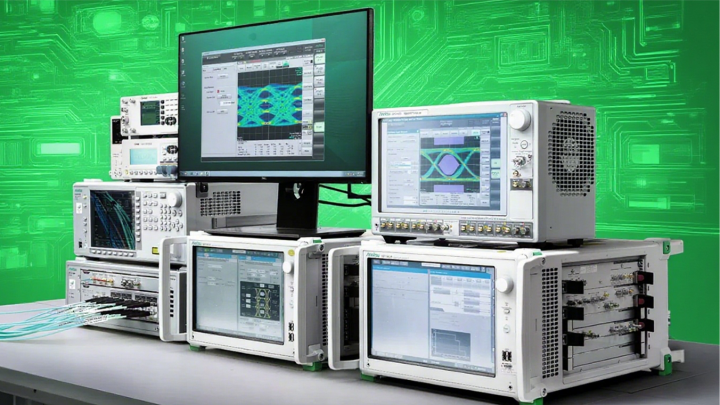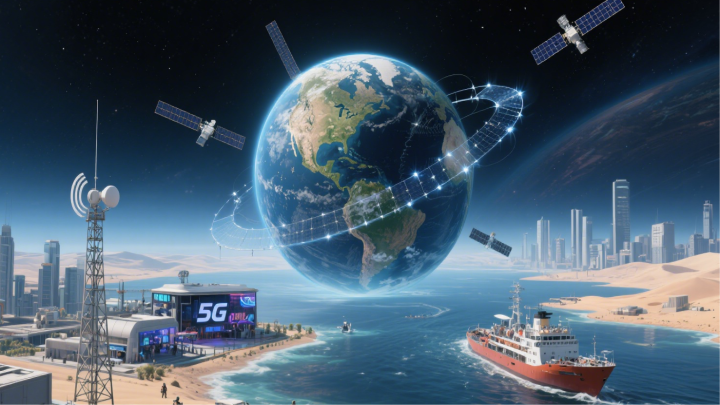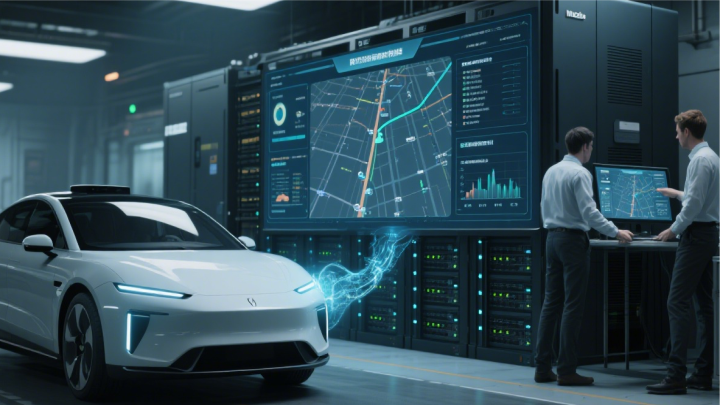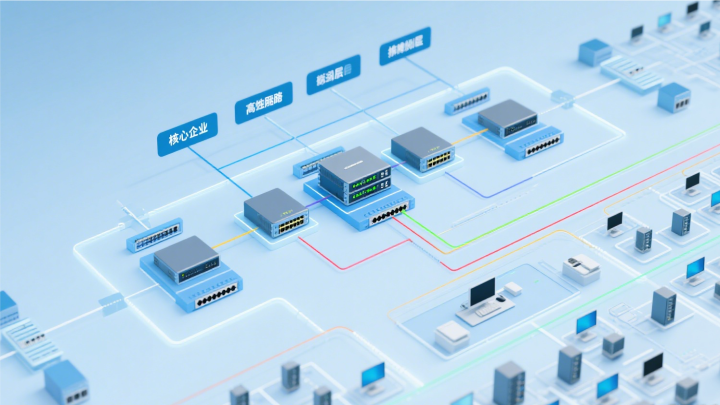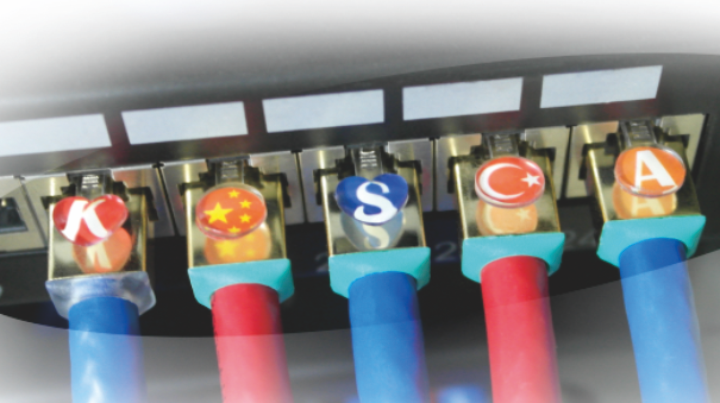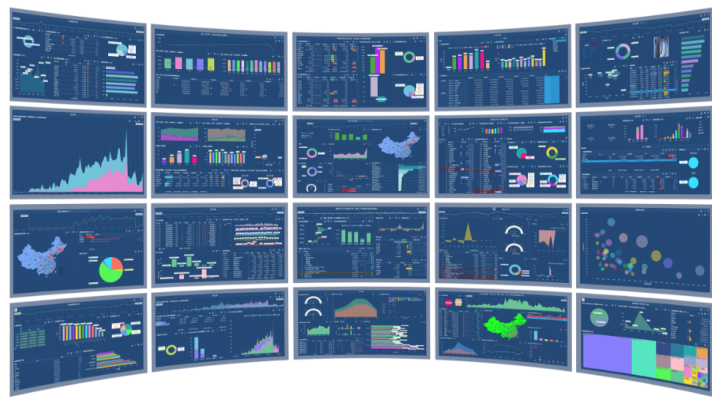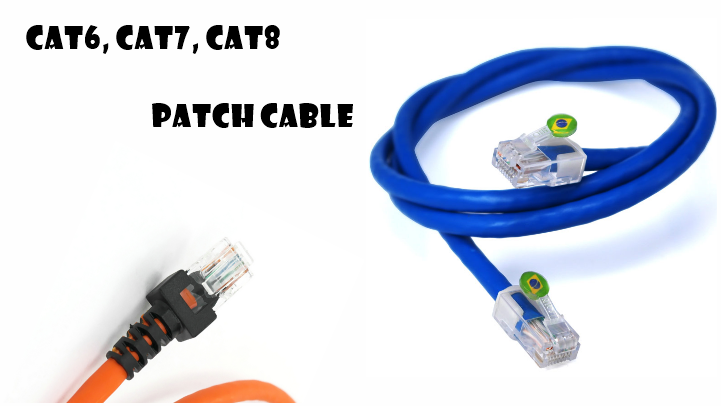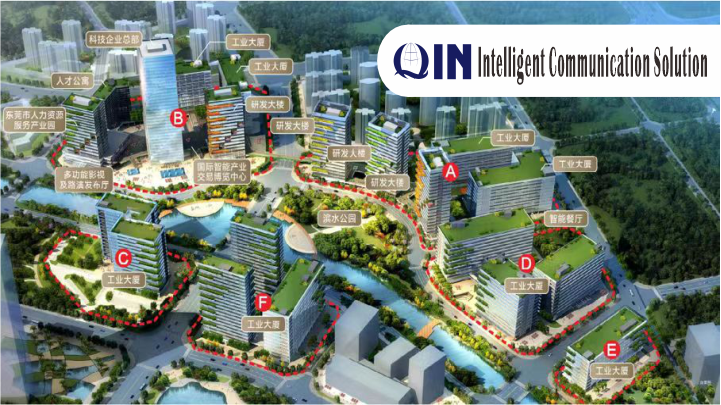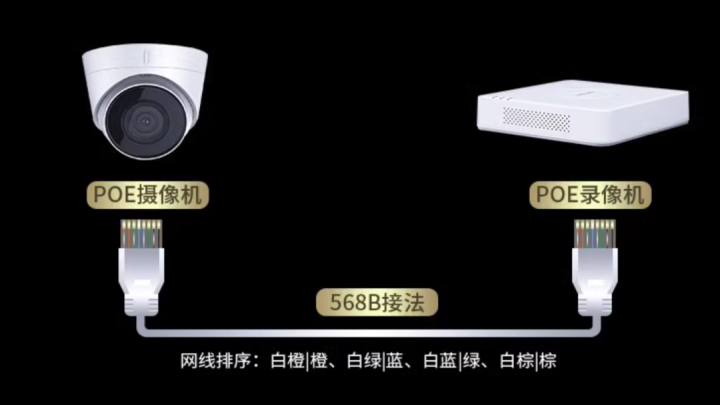An analysis of the core functions of photovoltaic inverters
In photovoltaic power generation systems, photovoltaic inverters serve as the “energy hub” connecting photovoltaic modules to the grid or load. Their functionality directly determines the overall system's power generation efficiency, safety, and stability. From energy conversion to intelligent management, photovoltaic inverters play a crucial role in multiple key stages:
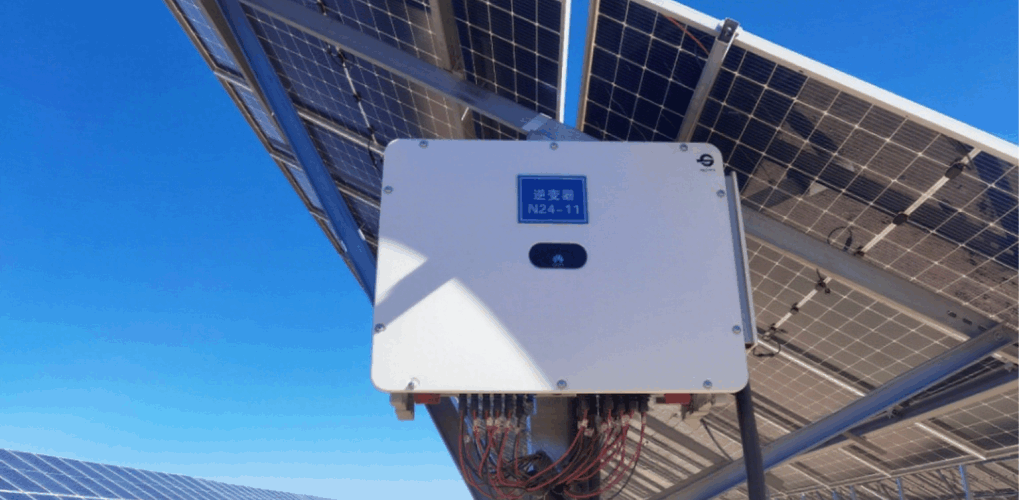
1. Realizing the core conversion of energy forms
Photovoltaic modules generate direct current (DC) through the photovoltaic effect, but most electrical devices (such as home appliances and industrial machinery) and power grids use alternating current (AC). The primary function of a photovoltaic inverter is to precisely convert the DC output from photovoltaic modules into AC. This process must ensure that the output AC voltage, frequency, and waveform are fully compatible with the requirements of the power grid or load. For example, the inverter in a residential photovoltaic system must convert DC electricity into 220V, 50Hz sinusoidal AC electricity to directly power a household or feed into the public grid.
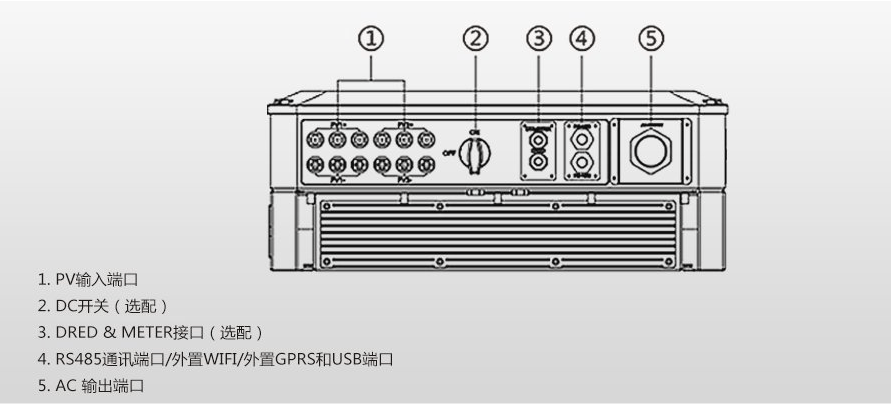
2.Maximizing Photovoltaic Power Generation Efficiency
The output power of photovoltaic modules is significantly influenced by environmental factors such as light intensity and temperature, and their maximum power point (MPP) dynamically changes with external conditions. Photovoltaic inverters utilize maximum power point tracking (MPPT) technology to continuously monitor the output voltage and current of the photovoltaic array. Through intelligent algorithms (such as disturbance observation method and incremental conductance method), they dynamically adjust the operating point to ensure that photovoltaic modules always operate at their maximum power output state. Data shows that inverters equipped with high-efficiency MPPT functionality can increase the power generation of photovoltaic systems by 5%-30%, with particularly noticeable effects under complex lighting conditions such as cloudy skies or partial shading.
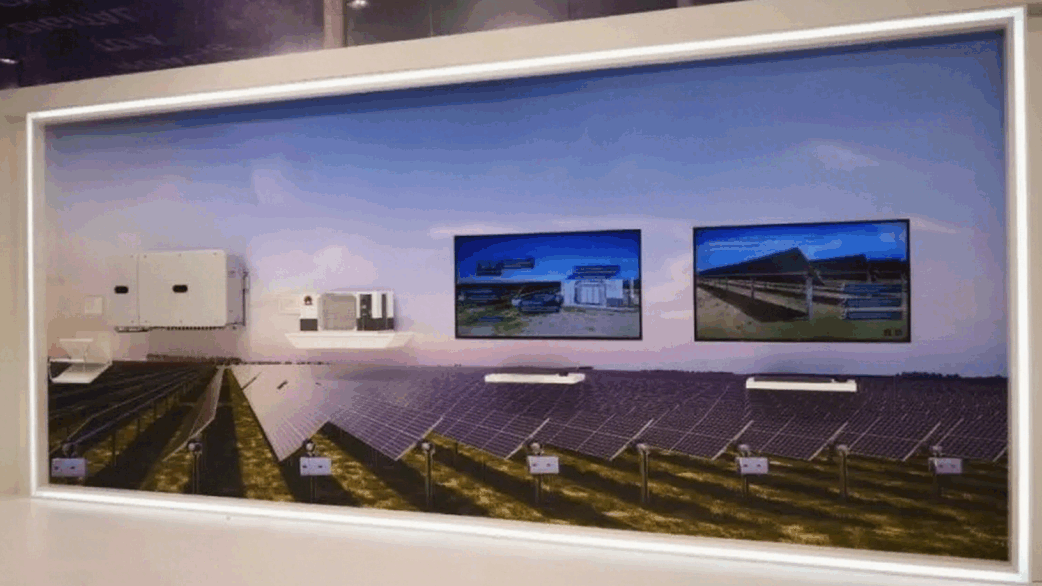
3. Ensuring System Safety and Grid Compatibility
To prevent photovoltaic power generation systems from posing safety hazards to the grid and personnel, photovoltaic inverters are equipped with multiple protection mechanisms:
Anti-islanding protection: When the grid suddenly loses power, the inverter must disconnect from the grid within a specified time (typically less than 0.5 seconds) to prevent the photovoltaic system from continuing to supply power to the de-energized grid lines (i.e., the “islanding effect”), ensuring the safety of maintenance personnel.
Overvoltage/Overcurrent Protection: When input voltage or output current exceeds safe thresholds, the inverter automatically shuts down to prevent equipment damage.
Grounding Protection and Insulation Monitoring: Real-time monitoring of system grounding status and insulation resistance to prevent electrical leakage accidents.
Additionally, the inverter must comply with grid standards, such as maintaining output harmonic content below 5% and possessing low-voltage ride-through (LVRT) capability (maintaining grid connection during temporary voltage drops), ensuring stable compatibility with the grid.
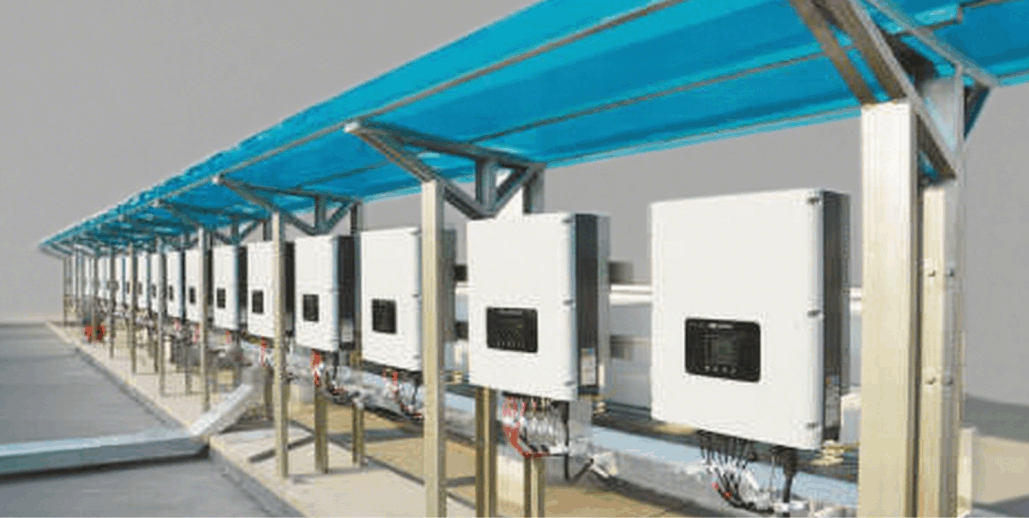
4. System Monitoring and Intelligent Management
Modern photovoltaic inverters are equipped with communication modules (such as RS485, Ethernet, 4G/5G) that can collect real-time system operation data (such as power generation, component temperature, and output power) and push information to users or maintenance personnel through a monitoring platform (web-based or mobile app). Users can monitor system operational status through data, such as daily power generation, cumulative revenue, and fault warnings. Additionally, some high-end inverters support remote control, enabling users to adjust operational parameters, start/stop the system, and significantly enhance maintenance efficiency via a cloud-based platform.

5. Voltage Stabilization and Power Quality Optimization
The output voltage of photovoltaic modules fluctuates significantly with changes in light intensity. The inverter must use a voltage stabilization circuit to maintain the output voltage at the rated value, ensuring a stable power supply to the load. For grid-connected systems, the inverter must also regulate the phase and power factor of the output current, reduce reactive power output, avoid impacting grid voltage, and ensure that power quality meets national standards (such as GB/T 19964-2012 “Technical Specifications for Connecting Photovoltaic Power Stations to Power Systems”).
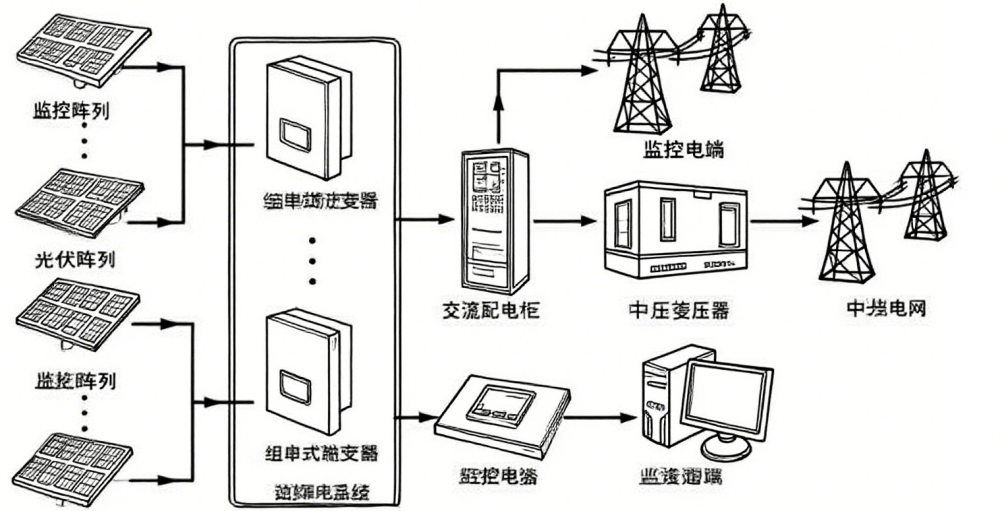
6. Adapting to Diverse Application Scenarios
Based on different application requirements, photovoltaic inverters can be categorized into centralized, string-type, and micro-inverters, each suited for large-scale ground-mounted power plants, commercial and industrial rooftops, and residential distributed systems, respectively. For example, string inverters can perform MPPT control independently for each string of photovoltaic modules, reducing mismatch losses; microinverters are directly installed behind photovoltaic modules, completely eliminating the influence between strings, and are particularly suitable for complex rooftops or scenarios with shading.
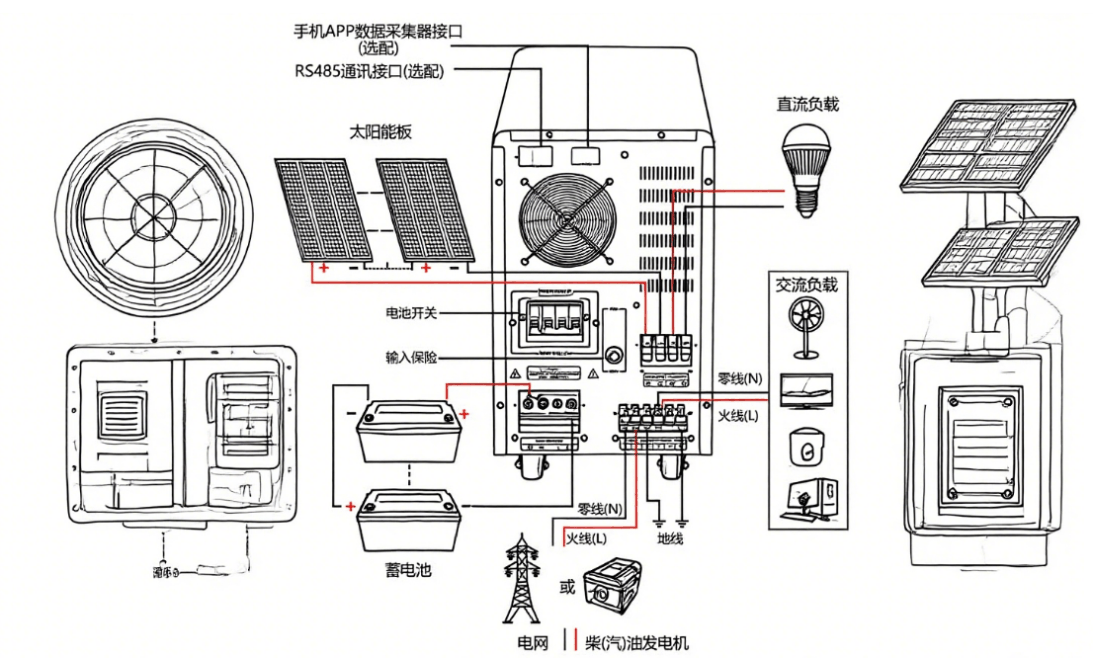
In summary, photovoltaic inverters are not only “converters” of energy, but also the “intelligent brain” of photovoltaic power generation systems. Their performance directly affects the power generation efficiency, safety, and economic efficiency of the system, making them an indispensable core component of the photovoltaic industry.
-
Photovoltaic glass
Aug 08, 2025
-
Best villa design solutions
Aug 08, 2025
-
Aliyun VS Baidu Cloud
Jul 19, 2025
-
Smart factory network cabling
Jul 19, 2025
-
Full analysis of wiring test tools
Jul 19, 2025
-
Enterprise network cabling
Jul 19, 2025
-
Can you do smart control without the Internet
Jul 19, 2025
-
Principle of whole house intelligent control
Jul 18, 2025
-
Specifications and functions of light modules
Jul 18, 2025
-
Fiber optic engineering
Jul 18, 2025
-
Common classifications and their specific types:
Jul 18, 2025
-
Parking fee system
Jul 14, 2025
-
Video face recognition big data system
Jul 14, 2025
-
Starlink is a low-orbit satellite launched by SpaceX
Jul 14, 2025
-
5G base station project
Jul 14, 2025
-
5G and Starlink overview
Jul 14, 2025
-
Internet Data Center (IDC)
Jul 11, 2025
-
Enterprise LAN solutions
Jul 10, 2025
-
Video transmission theory
Jul 10, 2025
-
Patented technology and marked RJ45 crystal head
Jul 10, 2025
-
Advantages and disadvantages of intelligent control
Nov 30, 2024
-
Video Streaming Data Center
Nov 30, 2024
-
Computer Centre
Nov 30, 2024
